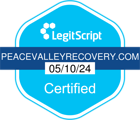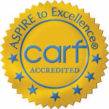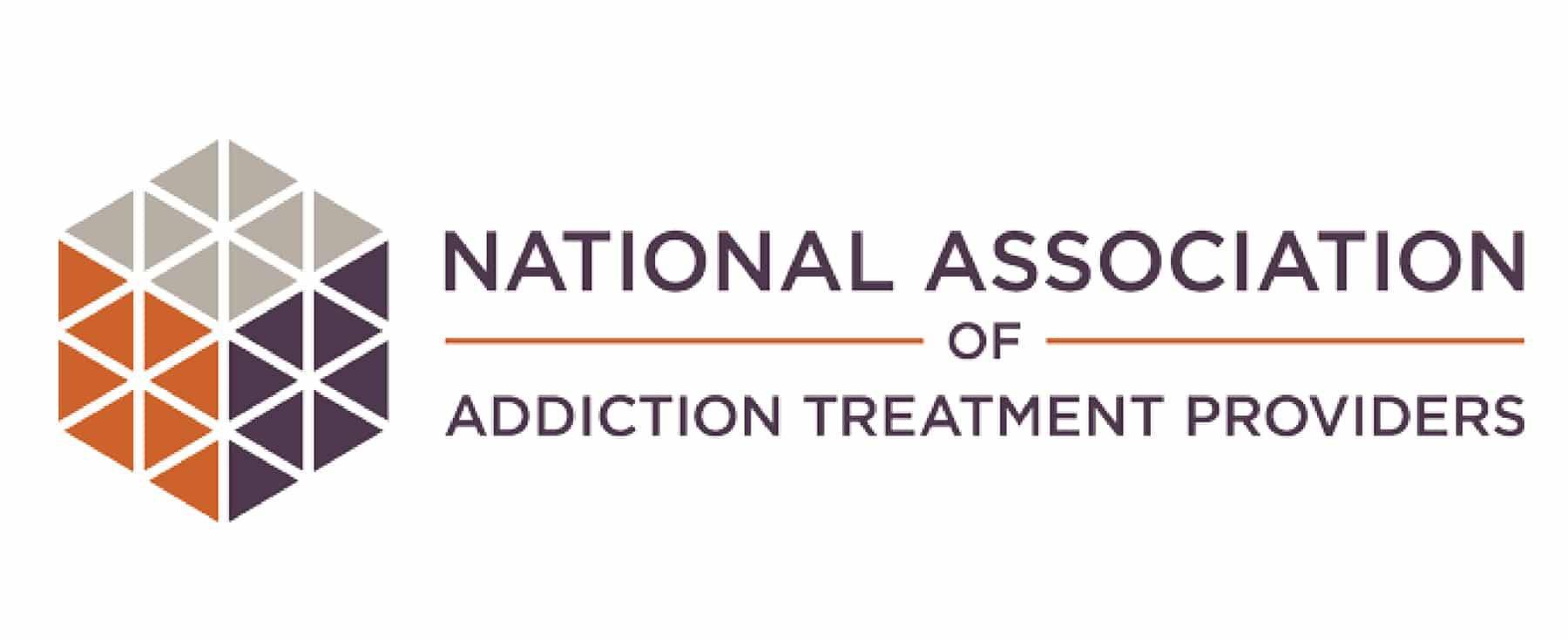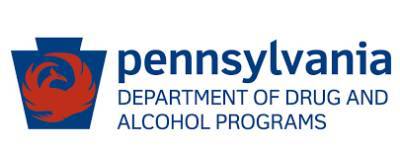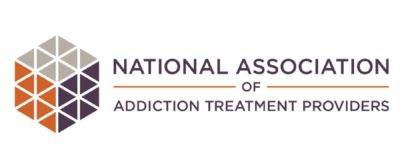People who live in Pennsylvania can find prescription opioid rehab programs to fit their needs. A lot of people end up getting addicted to these medications, and some do so completely by accident. Getting help is critical, and the right treatment can make a big difference.
Opiates and opioids are two types of drugs used to relieve acute pain. Both fall under the same class because they affect the same opioid receptors throughout the body. Although the terms are often used interchangeably, there is a difference between the two medications.
Opiates are drugs made directly from naturally-occurring opium extracted from poppy plants, such as opium and morphine. Pure heroin is another example of an opiate. Opioids are synthetic versions of opiates that model a similar chemical structure but are made in a lab. These include drugs such as fentanyl, hydrocodone, oxycodone.
Regardless of the difference in chemical structure, both opiates and opioids carry a high potential for abuse. Rates of opioid use, abuse, and overdose skyrocketed during the past decade. There is a severe opioid problem in the United States that shows little sign of declining soon.
The need for prescription opioid rehab programs has never been higher. Thankfully, prescription opioid rehab programs are available to help those trying to quit using drugs. Continue reading to gain a deeper understanding of what makes these drugs so addictive and how addiction treatment can help.
What Are Prescription Opioids?
Both opiates and opioids are prescription medications made to treat severe pain. They’re usually prescribed after accidents or medical procedures, or for patients suffering from chronic pain. In most cases, opioids are intended for short-term use until the pain subsides and the patient can switch to a non-narcotic alternative.
Opiate use is not a new phenomenon. Various cultures have used them for centuries, both medicinally and recreationally. They have helpful and healing properties not only for relieving pain, but for treating coughs, relieving bowel issues, and inducing sleep as well.
The problem with opiates and opioids is their incredible potential for abuse. Both drugs cause significant physical dependence, even when taken as prescribed. Their pain-relieving properties quickly become necessary to keep pain at a manageable level.
Bigger problems arise when people misuse these drugs. Taking greater amounts of opioids causes a rush of artificial dopamine and endorphins. This creates an intense, euphoric high that can’t be replicated naturally. The only way to experience that rush is by taking more opioids.
Those who chase this physical and psychological relief soon find themselves in a cycle of misuse. They may be able to pull themselves from it on their own but once opioid addiction sets in, the problem becomes difficult to overcome alone.
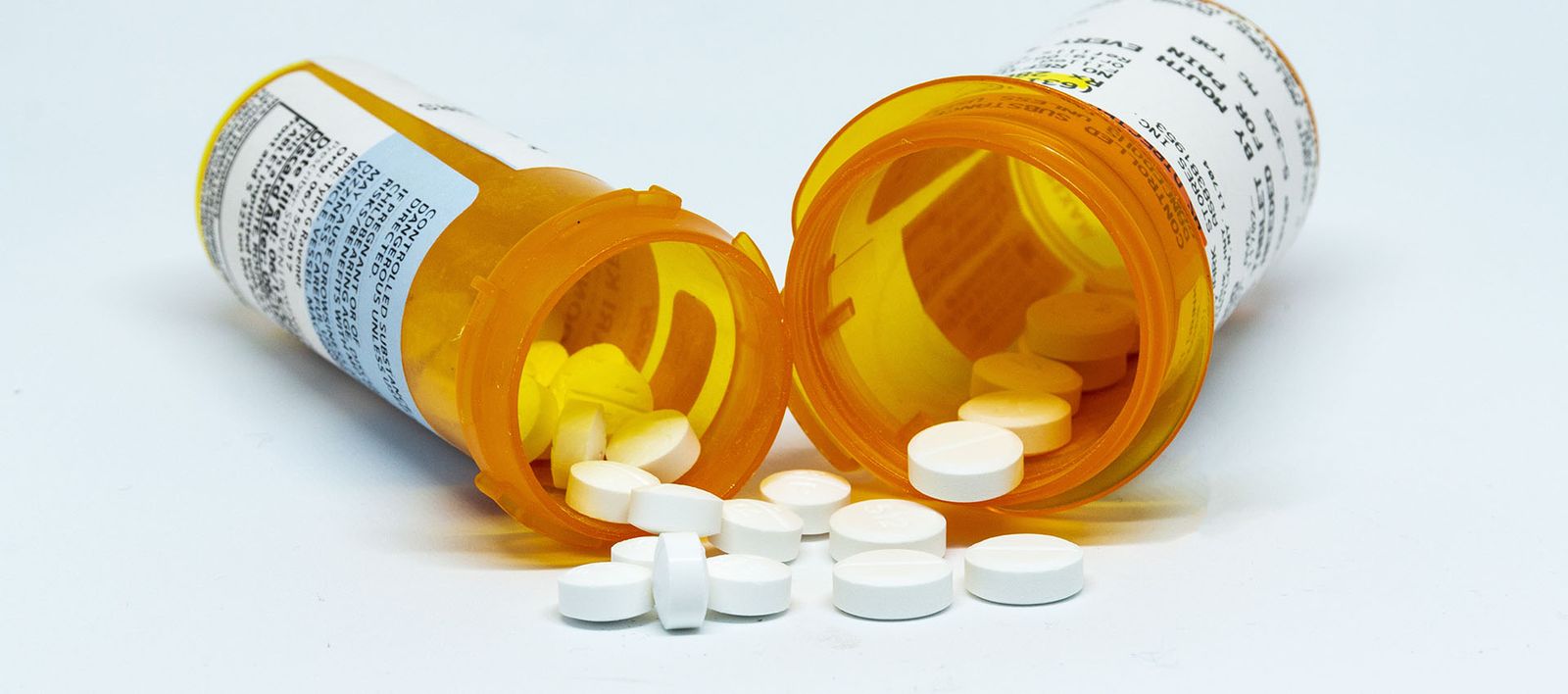
The Prescription Opioid Crisis in the United States
Prescription opioid abuse is a serious problem throughout the United States. Rates of use, abuse, addiction, and overdose have skyrocketed since 2010. A growing interest in these medications, along with their increasing availability, have accelerated the crisis as more and more people turn to opioids for relief each year.
According to the Substance Abuse and Mental Health Services Administration, 9.9 million people ages 12 and older, or 3.6 percent of the population, misused prescription opioids in 2018. This alarming number of people, although slightly lower than previous years, only hints at the extent of the impact of these drugs.
Dangers of misuse and dependence are one thing; opioid use disorder, or the compulsive use of prescription opioids, is an even bigger issue. 2 million people struggled with a prescription opioid use disorder in the same year. These individuals are at a higher risk for the long-term impacts of opioid use.
The greatest danger of prescription opioid misuse, abuse, and addiction is the possibility of a fatal overdose. Taking too many opioids can slow breathing to the point of respiratory distress and possible death. And opioids claim the lives of thousands every year.
According to data collected by the Centers for Disease Control and Prevention, a total of 46,802 people died of an opiate or opioid overdose in 2018. These drugs claimed the lives of an average of 128 people every single day of the year. The impact these drugs have on the population and the resulting need for prescription opioid rehab is undeniable.
However, opioids also provide a psychological effect for many people, causing feelings of euphoria and happiness. In cases where prescription or illegal opioids are being abused, it’s because someone is seeking this high.
Prescription Opioid Abuse and Addiction Statistics in PA
We are, without a doubt, still in the throes of the opioid epidemic in Pennsylvania. According to the state’s opioid data dashboard:
- Between January 2018 through November 21, 2020, there have been more than 47,000 doses of Naloxone administered by EMS professionals.
- During that same timeframe, there have been close to 30,000 emergency room visits because of opioid overdoses.
- The Get Help Now Hotline has received more than 44,000 calls during that same time period.
- There have been more than 5,200 cases of neonatal abstinence syndrome.
- In 2017, it was estimated that there were more than 300,000 cases of drug use disorder in PA.
- By 2018, that number had only gone down to just over 287,000.
- In 2017, there were almost 5,500 drug overdose deaths in the state.
Additional statistics from the State of Pennsylvania indicate that:
- In 2016, there were 4,642 drug-related overdose deaths in the state.
- This was an increase of 37% from the previous year.
- In 2016, 13 people died of a drug overdose every day in Pennsylvania.
- 85% of these deaths involved the use of either a prescription or illicit opioid drug.
- The prescription opioid overdose epidemic is the worst public health crisis in the state.
Types of Prescription Opioid Rehab in Pennsylvania
Going to prescription opioid rehab in PA offers people a hope for recovery that they would not have otherwise. It can be extremely difficult to stop taking these medications once a person is addicted to them. In fact, that is exactly why when they are no longer available, people tend to gravitate toward heroin.
There are several options available for people who are seeking treatment for prescription opioid addiction in Pennsylvania. Please note that every type of rehab will not be appropriate for all people. It is best to talk with an admissions professional to get a recommendation.
PA Prescription Opioid Detox and Medication Assisted Treatment
Detoxing off prescription opioid drugs is always the first step in recovery for someone with this addiction. This is the best way to manage their withdrawal symptoms and help them feel better faster. Today, there are newer detox methods that have shown to be extremely promising.
Medication assisted treatment is a form of detox that is available to people who are addicted to prescription opioids. It involves a combination of medications and behavioral therapy. The medications that are available include:
These medications can help reduce the severity of withdrawal symptoms, or even make them disappear altogether. When combined with behavioral therapy, MAT has been shown to be very effective.
Inpatient Treatment for Opioid Addiction in Pennsylvania
A lot of people begin getting treatment for their prescription opioid addictions in PA by going through inpatient rehab. This is a higher level of care that involves staying in a facility for a period of about 28 days. During that time, patients go through the detoxification process (upon arrival) and then they transition into rehabilitation and therapy.
The goal of inpatient rehab is to determine what led to the patient’s addiction and then treat the underlying cause. In many cases, people get addicted to prescription opioids because they are self-medicating a co-occurring disorder. This means that they actually have a mental health issue that is driving their need to use.
Treating co-occurring disorders is critical because it removes the main reason for the person’s substance abuse problem. Once mental illnesses are better managed and controlled, the individual has a much higher chance of being successful in recovery long-term.
PA Long-Term Rehab Facilities
Not everyone does well in an inpatient setting. In fact, in the grand scheme of things, 28 days really is not a very long period of time. It should come as no surprise that some people may need longer to recover. That is when they are likely to be referred to a long-term rehab in PA.
Long-term rehab facilities offer residential treatment for patients who need more time to recover. Sometimes those individuals have a long history of relapsing, or they may have attempted inpatient programs in the past, but not done well with them. This level of care can give them what they need.
Outpatient Rehab Options in PA
There are a few different types of outpatient rehab programs in Pennsylvania. They are:
- Traditional outpatient rehab – This involves therapy and clients may come to treatment as often as three times per week.
- Intensive outpatient programs – IOPs require attendance at appointments 3-5 times per week, usually during the evening hours.
- Partial hospitalization programs – PHPs require attendance at appointments as often as 5-7 days per week during the day.
Sober Living Homes in Pennsylvania
Following rehab, not everyone has a safe place to go home to. Sober living homes offer a living arrangement for people in recovery that is safe and healthy. People can live in these houses for an extended period of time as long as they abide by the house rules.
Residents of sober living homes may be required to pay rent, contribute to the household chores and get drug tested periodically. They also have to faithfully attend some type of outpatient rehabilitation program.
Sober living homes can be so helpful in transitioning people back into their normal, everyday lives following rehab. They offer more security and a healthy place to continue in the recovery process.
Why Are Prescription Opioids So Addictive?
There are numerous reasons prescription opioids are so addictive. The majority of users don’t set out to develop a dependence or addiction. Many times people receive a legitimate prescription for an injury or after a medical procedure and start out using the medication as prescribed.
As these medications interact with opioid receptors over time, they change brain and body chemistry and function. Their system becomes used to the regular flow of pain medication and alters their baseline perception of pain as time goes on.
Physical dependency means the brain and body now expect and rely upon the presence of the drug to function. Then once the drug is taken away, it thinks something is wrong. It reacts with physical and psychological responses, called withdrawal symptoms. They range from mild to moderate to severe and make it difficult to stop using these drugs.
This applies to people who use the medication exactly as prescribed and worsens for those who misuse it. Some people may take an extra pill or two, or continue using their medication after the time comes to stop. Once their prescription runs out, they may turn to illegal methods to find an ongoing supply.
The physical and psychological relief, along with the euphoria of misuse, make prescription opioids and opiates incredibly addictive drugs. Some people continue past the point of legal use to continue chasing the high, either by finding more prescription medication illegally or turning to alternatives like heroin or synthetic fentanyl.
Signs and Symptoms of Prescription Opioid Abuse
Some people can hide their prescription opioid abuse for months or years. It doesn’t have as many overt signs as heavy alcohol use, such as a distinct smell or leftover cans and bottles. As the abuse continues, though, it becomes increasingly noticeable. There are many common signs of opioid addiction to look for if you’re concerned someone you love is using:
- Extreme drowsiness
- “Nodding out,” or shifting between states of consciousness and half-sleep
- Sudden changes in weight, either weight gain or weight loss
- Frequent and unexplained flu-like symptoms
- Lack of attention to personal hygiene
- Decreased libido
- Changes in sleeping patterns
- Isolation from friends and family members
- Changes in activity level or interest in hobbies
- Unexplained financial difficulties
- Stealing from friends, family members, or other avenues
Specific signs of opioid abuse and addiction depend on each individual and their particular situation. Not everyone will show the same signs. These give you an idea of what to look for if you’re worried someone you love may need prescription opioid rehab, though.
If you’re concerned they might need help, first try approaching them and expressing your worries with compassion and care. You can also reach out for help with an intervention if it isn’t possible to have a reasonable conversation.

Prescription Opioid Withdrawal Symptoms
Prescription opioid withdrawal symptoms are part of what keeps people trapped in the cycle of addiction for so long. These painful and often excruciating symptoms are quickly relieved with another dose of drugs. Rather than face the difficulties of withdrawal symptoms, people stay stuck in their use. Common opioid withdrawal symptoms include:
- Muscle or joint aches and pains
- Anxiety or mood swings
- Watery or irritated eyes
- Tremors or shaking
- Problems sleeping
- Vomiting or nausea
- Diarrhea
- Elevated heart rate
The severity of withdrawal symptoms depends on factors such as the types of drugs used, the amount of drugs used, and whether they were mixed with other substances. An individual’s age and overall health condition also play a role.
Sometimes opioid withdrawal symptoms can cause severe effects like seizures, leading to the need for a medically monitored detox. Prescription opioid rehab programs provide these services to start the process then transition the individual into follow-up treatment to continue keeping them off of the drugs.
Types of Prescription Opioid Rehab
There is no single formula for prescription opioid rehab. Effective addiction treatment considers the specific needs of each individual. Everyone has a different set of conditions that leads to slightly different results, meaning what works for one person might not work for another.
There are multiple options for prescription opioid rehab that involve varying levels of care. Detox, inpatient, partial hospitalization programs, and intensive outpatient programs work together to provide a comprehensive approach to build a foundation of recovery. What role does each level of treatment play in the recovery process?
Medically Supervised Detox
Medically supervised detox is arguably most necessary for individuals quitting prescription opioids and opiates. These drugs cause some of the most severe withdrawal symptoms that often require medical attention. Medically supervised detox is intended specifically to help individuals coming off of drugs.
Detox is usually the first step in prescription opioid rehab. Individuals must safely separate from substances before treatment can begin. A typical stay in detox lasts between 5 and 10 days depending on the severity of withdrawal symptoms.
Prescription Opioid Rehab
Once detox is complete, newly-sober individuals transition into some form of prescription opioid rehab. There are two main options for follow-up programs: inpatient treatment and partial hospitalization programs.
Inpatient treatment offers programming during the day then requires patients to stay in the facility overnight. They provide residential accommodations as well as outings and other activities to keep patients engaged and occupied.
Partial hospitalization programs, or PHPs for short, are similar to inpatient treatment but don’t require patients to live at the facility. PHP offers more flexibility, allowing patients to reside at home and commute for treatment, or an offsite sober living.
Both inpatient treatment and PHP provide extensive and well-rounded addiction treatment programs. Patients usually attend treatment Monday through Friday for 6 to 8 hours per day. Programs consist of both individual and group therapy, as well as alternative therapeutic approaches and educational components.
Active addiction becomes a way of life for the majority of people with substance use disorders. Their lives center around either acquiring or using drugs and everything else falls to the side. During prescription opioid rehab, individuals learn how to reengage with the world around them and live a drug-free life.
This not only includes developing coping skills and relapse prevention methods to avoid turning back to drugs, but learning important life skills to become an active member of society. Many facilities provide help with going back to school or finding a job, either during prescription opioid rehab or as part of an intensive outpatient aftercare program.
Intensive Outpatient Opioid Rehab
Intensive outpatient programs, or IOPs, are a follow-up to full-time prescription opioid rehab programs. They help individuals transition from higher levels of care back into everyday life. IOP usually offers program 3 days per week, allowing for adequate time outside of treatment hours to attend to real-world responsibilities.
Patients typically start returning to work or school during this time and IOP provides a supportive stepping stone for them to do so. They still attend individual and group therapy sessions to check in and stay connected with their recovery community as they start integrating into life again.
The best part of intensive outpatient prescription opioid rehab is its wide range of flexibility. Some may require more support as they get back to life while others only need a few groups per week. Patients work with a case manager to determine a plan that takes their individual needs into account and provides adequate levels of support during the transition.
Opioid Rehab in Pennsylvania FAQs: Addiction, Overdosing and Treatment Options
The opioid epidemic has been a major problem in Pennsylvania for several years. Although there are many rehab options available, abuse, addiction and overdoses are still being reported every day. It is important for people to know that help is available to them if they want to recover.
People often have questions about going to opioid rehab in PA, as well as about addiction and overdosing. We want to help by answering some of them here.
Frequently Asked Questions About Opioid Rehab in PA, Addiction and Overdoses
Other Addiction Treatments in Pennsylvania
Prescription Opioid Rehab at Peace Valley Recovery in Pennsylvania
If you’re struggling with an addiction to prescription painkillers, you aren’t alone. There are thousands of people trying to kick the habit just like you. You don’t have to deal with drug addiction on your own; prescription opioid rehab facilities like Peace Valley Recovery are here to help you.
Reach out to us and find out more about our safe, tranquil facility and caring, experienced staff. We’re here to help you determine the best treatment plan for your specific situation and find your feet on the path to recovery. Take the first step toward freedom and find out more about our therapy programs, or reach out to us at (215) 780-1953 today!


